Disaster risk reduction (DRR) is a term used for reducing and preventing disaster risks. It is founded on the principle that while hazards are inevitable, its adverse effects like lost lives and/or destruction of property are not. There are steps that we can do to ensure reduction of risks. DRR actions can be political, technical, social and economic.
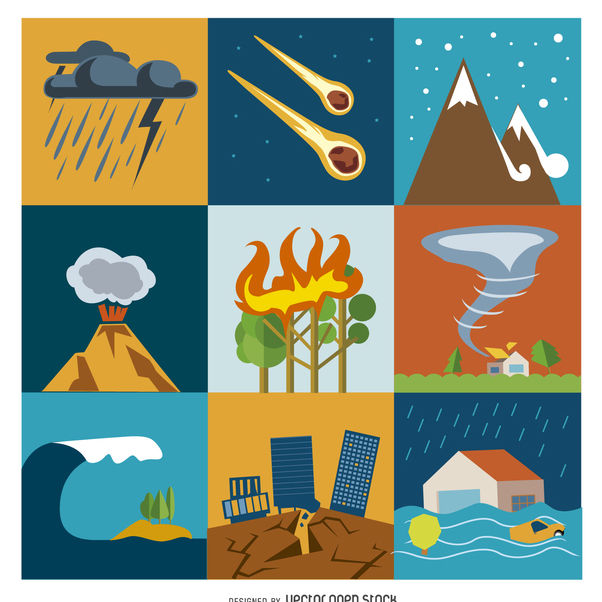
Disasters are often described as a result of the combination of several things: the exposure to a hazard; the conditions of vulnerability that are present; and insufficient capacity or measures to reduce or cope with the potential negative consequences.
DISASTER IMPACTS
- loss of life
- injury
- disease
- other negative effects on human, physical, mental and social well-being,
- damage to property
- destruction of assets
- loss of services, social
- economic disruption and environmental degradation
RISK
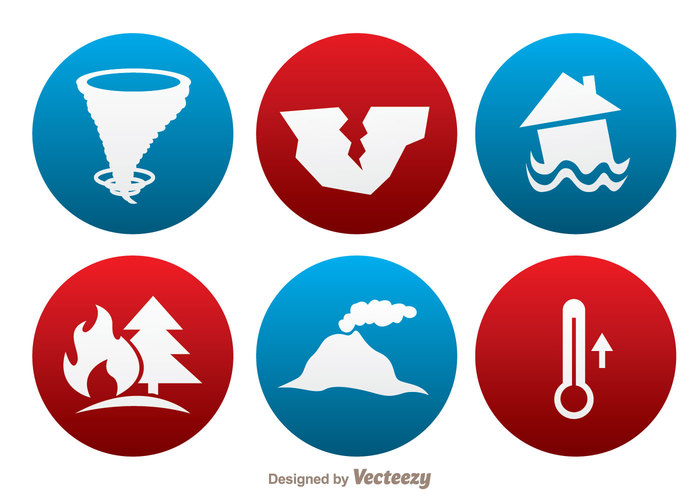
The word “risk” has two connotations:
General Usage- the emphasis is usually placed on the concept of chance or possibility on an event and its negative consequence, such as in “the risk of an accident”
Technical Settings- the emphasis is usually placed on the consequences, in terms of “potential losses” for some particular cause, place and period.
The term disaster risk therefore refers to the potential (not actual) disaster losses, in lives, health status, livelihoods, assets and services, which could occur in a particular community or society over some specified future time period.
HAZARD
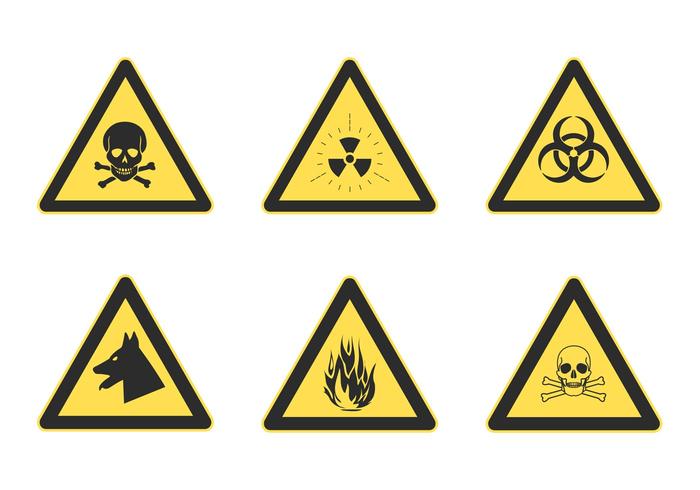
Defined as a “dangerous phenomenon, substance, human activity or condition that may cause:
- loss of life
- injury or other health impacts
- property damage
- loss of livelihoods and services
- social and economic disruption
- environmental damage
Hazards can be single, sequential or combined in their origin and effects. Each hazard is characterized by its location, intensity, probability and likely frequency.
The hazards of concern to disaster risk reduction are hazards that arise from a variety of geological, meteorological, hydrological, oceanic, biological, and technological sources, sometimes acting in combination.
VULNERABILITY
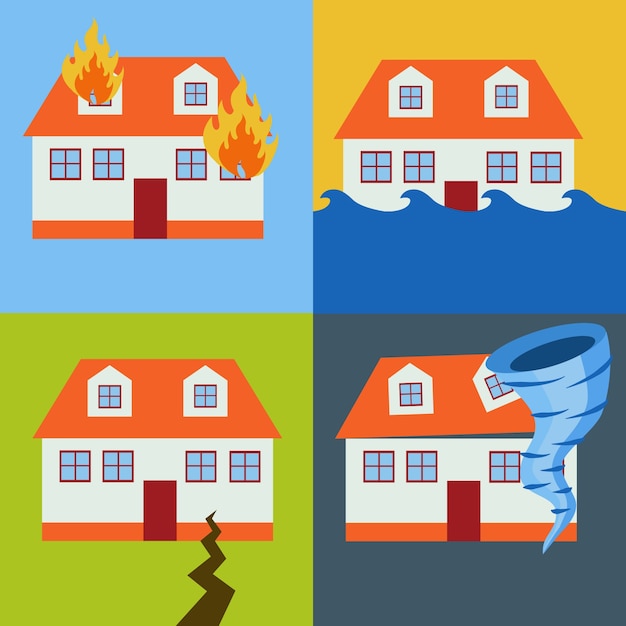
Defined as the characteristics and circumstances of a community, system or asset that make it susceptible to the damaging effects of a hazard.
Vulnerability is a set of prevailing or consequential conditions arising from various physical, social, economic and environmental factors which increase the susceptibility of a community to the impact of hazards Vulnerability also comprise various physical, social, economic, political and environmental factors that affect the ability of communities to respond to events.
CAPACITY
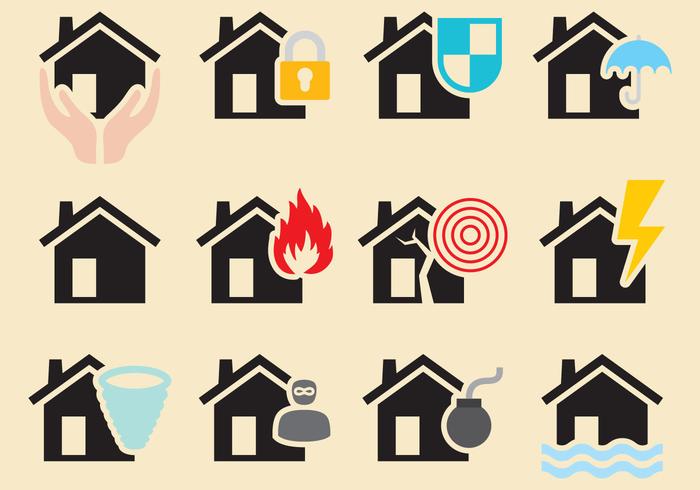
Defined as the combination of all the strengths, attributes and resources available within a community, society or organization that can be used to achieve agreed goals.
Capacity may include:
- infrastructure and physical means
- institutions
- societal coping abilities
- human knowledge
- skills
- collective attributes such as social relationships
- leadership
- management
Disaster Risk Reduction (DRR) is the concept and practice of reducing disaster risks through analysis and management of the causal factors of disasters.
It leads to
- reduced exposure to hazards
- lessening of vulnerability of people and assets
- effective management of land and the environment
- improved preparedness for adverse events
Disaster risk reduction usually requires long-term planning across sectors and must be integrated into general national and regional development strategies. DRR strategies usually begin with plans for assessing:
(a) the hazards and risks that threaten the target area,
(b) the extent of harm that would occur to communities and infrastructure, and
(c) the vulnerable people’s capacities to cope with and recover from possible disasters.
Components of DRRR and Management

| POST EVENT | |
| Response | The provision of emergency services and public assistance during or immediately after a disaster in order to save lives, reduce health impacts, ensure public safety and meet the basic subsistence needs of the people affected. Disaster response is predominantly focused on immediate and short-term needs and is sometimes called “disaster relief”. |
| Recovery | The restoration, and improvement where appropriate, of facilities, livelihoods and living conditions of disaster-affected communities, including efforts to reduce disaster risk factors. The recovery task of rehabilitation and reconstruction begins soon after the emergency phase has ended, and should be based on pre-existing strategies and policies that facilitate clear institutional responsibilities for recovery action and enable public participation. |

